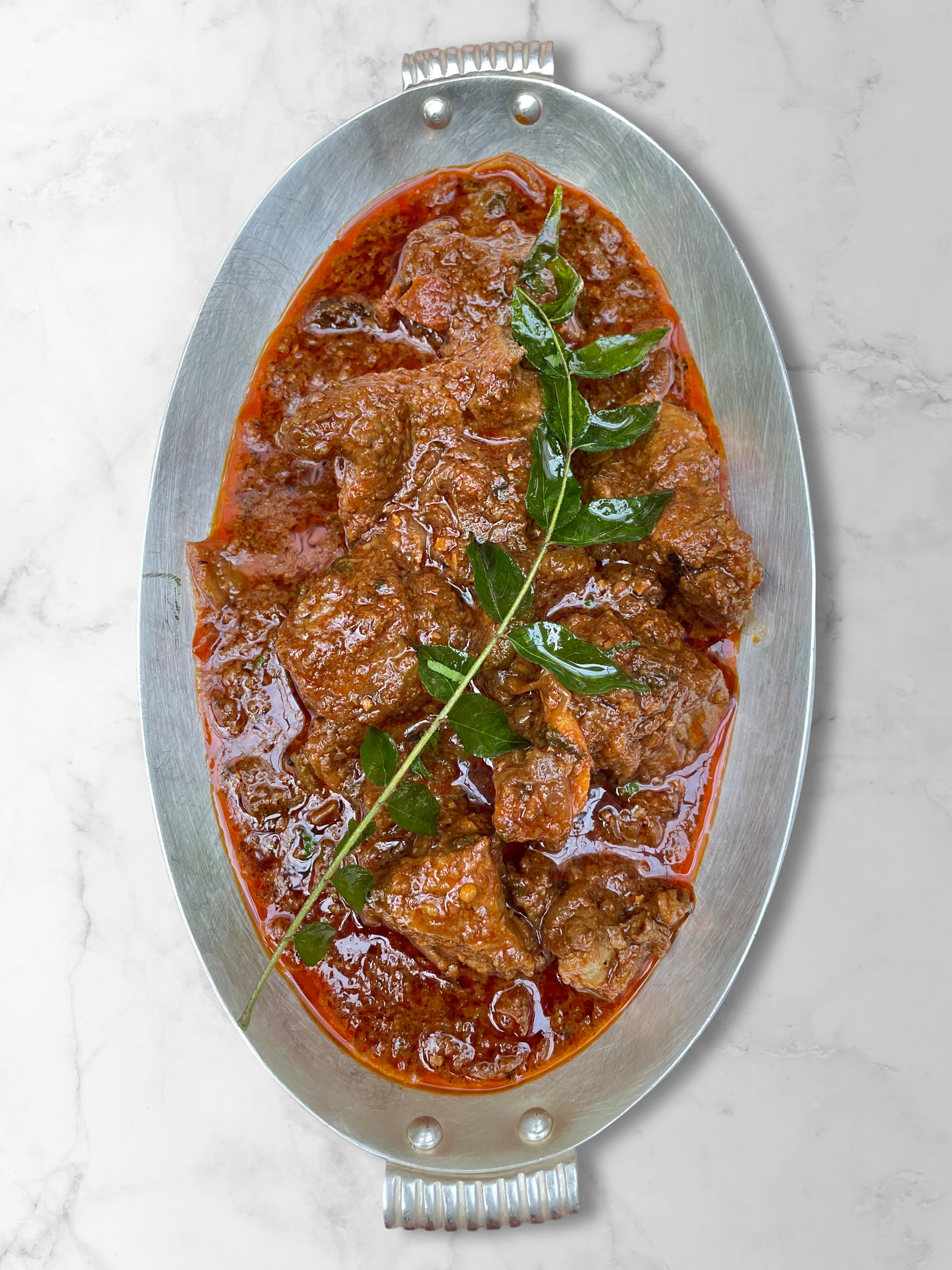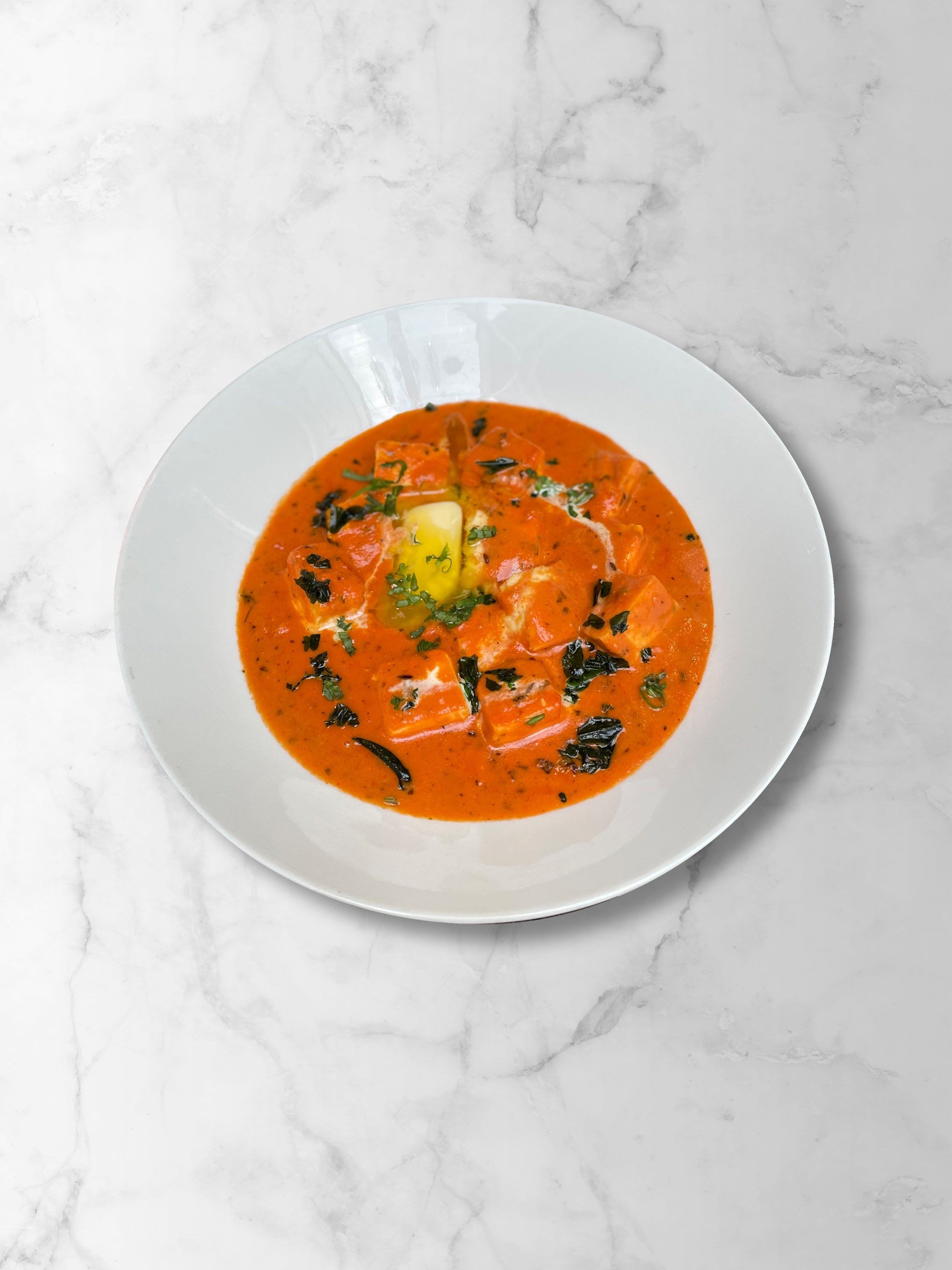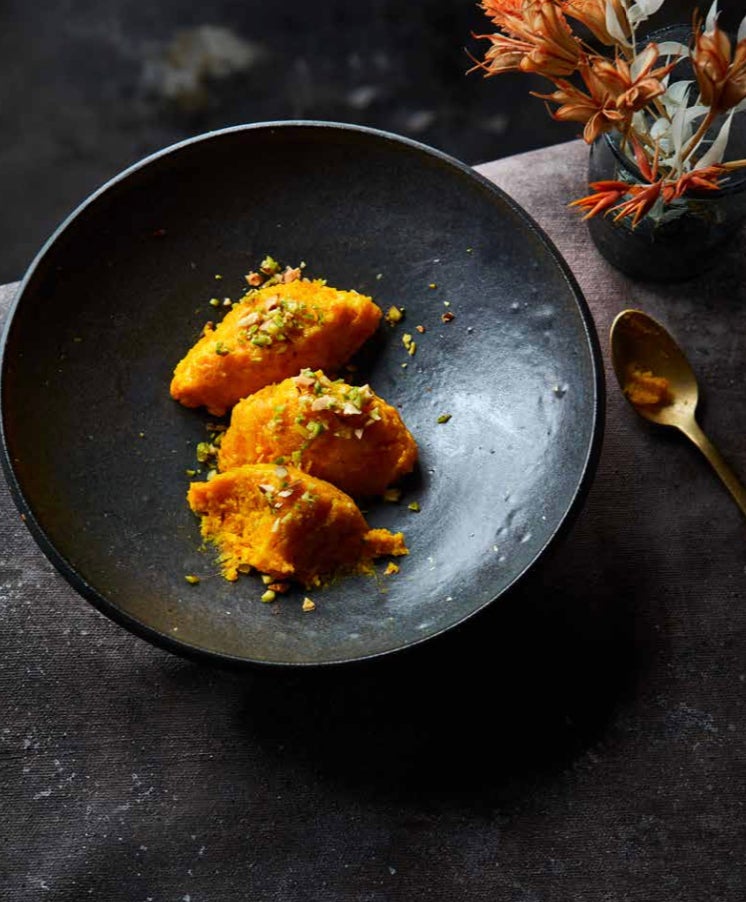
As thousands across the UK prepare to gather to celebrate Diwali (24-28 October), also known as the Festival of Lights, Michelin-starred chef Rohit Ghai has created a delicious and affordable feast to enjoy at home throughout the five-day celebration.
Featuring two main courses – one meat and one vegetarian option that can also be made vegan – and a classic Indian dessert, the menu is suitable for all tastes. The dishes can be prepared in advanced, batched cooked or frozen, and feature many store cupboard ingredients that can last for months and be used again and again.
Top tips for a delicious yet affordable Diwali
Buy your ingredients in advance
“All of the ingredients in each of the recipes I’ve created can be purchased from your local Tesco, but I recommend buying them 2-3 days in advance to save you running around at the last minute and adding unnecessary stress to proceedings,” says Ghai. “You may already have many of the ingredients in your cupboard, and the great thing about these dishes is that once you’re stocked up on the ingredients, they will last ages and can be used over and over – helping you save money in the long run.”
Cook in advance
“Diwali is all about celebrating with family and friends, so the less time you spend in the kitchen, the more time you can spend with them. You can pre-cook and freeze each of the dishes in my menu, though for the paneer makhani, it’s better if you freeze just the sauce and add the paneer once it has defrosted to avoid it breaking up.”
Make your base go further
“In addition to all the dishes being suitable for cooking in advance and freezing – or even just storing in your fridge for a few days – the base for the paneer makhani is actually the same as that of butter chicken. You can therefore double, or even triple, the sauce’s ingredients and make enough for multiple dishes, from paneer makhani and butter vhicken, to plant-based and vegan alternatives, saving you both time and money, as your ingredients will stretch further.”
Rohit adds: “Enjoying long lasting meals and sharing stories with family and friends is my favourite part of Diwali celebrations. The menu I’ve created is designed to be adaptable to all tastes, whether you’re catering for meateaters or vegans, so everyone can savour and enjoy every mouthful, and have a truly special Diwali feast to remember.”
Three Diwali recipes
Jaffna lamb curry

“Jaffna lamb curry is my personal favourite,” says Ghai. “It’s a very basic homestyle preparation from Sri Lanka. Jaffna flavours are pretty similar to those of Tamil cuisine.”
Serves: 4
Time: 90 minutes
Ingredients:
For the main dish:
1kg lamb (on the bone or boneless)
150g onion
20g ginger (julienned, sliced into thin strips)
75g tomato purée
4 pods green cardamom
A few sprigs of curry leaves
2 tbsp ginger-garlic paste
1½ tsp ground fenugreek
1 tbsp coriander powder
½ tbsp cumin powder
1 sprig of lemongrass (needs bruising)
1 tbsp red chilli powder
¼ tsp turmeric powder
500ml thick coconut milk
100ml oil
2 tbsp Jaffna spice mix (below)
For the Jaffna spice mix:
150g of coriander seeds
50g cumin seeds
25g fennel seeds
10g (1 tbsp) ground fenugreek
10g (1 tbsp) peppercorn
15 green cardamom pods
3 strips cinnamon (taken from a whole cinnamon stick)
5 cloves
½ tsp nutmeg
4-5 sprigs of curry leaves (this should amount to 30-40 individual curry leaves)
10-15 whole dry red chillies
Method:
1. Heat the oil in a pan.
2. Add half the quantity of curry leaves, fenugreek seeds, cardamom pods and the cinnamon stick and lightly stir.
3. Add the chopped onions and cook for a further 20 min, stirring well until golden in colour.
4. Add the ginger garlic paste and the julienned ginger, lemon grass and the rest of the curry leaves. Mix well and add the lamb. Cook on a high heat and once you see juices coming out of the meat, add the coriander, turmeric, cumin powder, salt and red chilli powder.
5. Mix well, turn down the heat and add the tomato purée. Reduce heat again, to low. Cover and cook for 30 minutes.
6. Add the coconut milk and cook for another 10 minutes.
7. Once the lamb is cooked through, check the dish for seasoning and serve with plain rice.
Paneer makhani

“In this delicious curry, paneer is cooked in a buttery tomato gravy and flavoured with dry fenugreek leaves. It’s very popular in Punjab as well as in northern India. Paneer makhani goes well with roti and naan. It’s also known as paneer makhanwala. My kids love it.”
Serves: 4
Time: 45 minutes
Ingredients:
50ml rapeseed oil
1kg tomatoes (roughly chopped)
2 tbsp Kashmiri chilli powder
50g ginger (roughly chopped)
30g garlic (roughly chopped)
2-3 green chillies (roughly chopped)
3-4 bay leaves
1 tbsp cumin seeds
300g paneer
100g butter (unsalted)
1 tbsp fenugreek leaves (crushed)
2 tbsp honey (optional)
1 tsp garam masala
100ml cream
2 tbsp coriander (chopped)
1 tbsp ginger (julienned – sliced into thin strips)
Salt (to taste)
Method:
1. Heat the oil in a deep pan and add the tomatoes, half the Kashmiri chilli powder, the roughly chopped ginger and garlic, green cardamoms, green chillies, bay leaves, cumin seeds, half a teaspoon of nutmeg and a pinch of salt.
2. Add 450ml of water and cook until the tomatoes are fully broken down, then remove from the heat and set aside to cool. Once cool, blend in a blender, then put through a fine sieve to remove any leftover tomato skin and seeds, and give it a nice velvety texture.
3. Cut the paneer into small cubes, roughly 1cm big, and set aside.
4. Heat the butter in a pan, add the ginger/garlic paste, and cook for around 5-6 minutes. Add the rest of the Kashmiri chilli powder and the blended tomatoes and cook on a low heat for about 30 minutes. Add the crushed fenugreek leaves and mix well. Check the seasoning, then dependent on how it’s tasting, you can add a touch more salt, or a small tablespoon of honey to sweeten it if it’s tasting a little tart, or some more garam masala if you feel it needs more spices. Then cook for a further minute, stirring frequently.
5. Add the paneer pieces to the pan and cook for 5 minutes. Finally, add the fresh cream, mix well and turn off the heat.
6. Garnish with the chopped coriander and julienned ginger and serve with roti or naan.
Tip: This dish could be made vegan-friendly too – just swap the cream for a plant based alternative such as Oatly Creamy Oat and swap paneer for alternatives such as tofu, seasonal greens or root vegetables. You can use the same sauce with chicken too to make butter chicken!
Carrot halwa

Traditional Indian halwa is made by simmering carrots in milk and ghee and is popularly known as gajar ka halwa, gajrela or gajar halwa. I like to add orange zest to give it a citrus flavour.
Serves: 4
Time: 60 minutes
Ingredients:
10 almonds
2 tbsp ghee
500g carrots (peeled, coarsely grated)
1L/4 cups whole milk
A few strands of saffron
200g/1 cup condensed milk
1 tbsp orange zest
½ tsp ground cardamom (you can create this by grinding the cardamom pods)
Method:
1. Dry roast the nuts in a small pan over a low heat until lightly golden. Allow to cool, then chop roughly and set aside.
2. Heat the 2 tablespoons of ghee in a large, heavy-bottomed pan and sauté the carrots until all the moisture has evaporated. Add the milk and saffron, bring to the boil, and cook on a medium heat, stirring often, until the milk has completely evaporated, roughly 15-20 minutes.
3. Add the condensed milk and orange zest and stir well, then increase the heat and cook until the halwa has been reduced by roughly a third. When it is done, it will have thickened and become aromatic.
4. Sprinkle over the ground cardamom. Stir and cook for 2-3 minutes, just until the khoya has blended in well. Garnish with the roasted nuts and serve warm.
Tip: Be sure to constantly stir the carrot halwa as it cooks through, do not leave it unattended on the stove as the milk can get scorched and burnt.
You can also use almond or coconut milk to make vegan halwa and avoid ghee, condensed milk and khoya (dried milk).
Discover more recipes and inspiration for Diwali and beyond, visit realfood.tesco.com.







